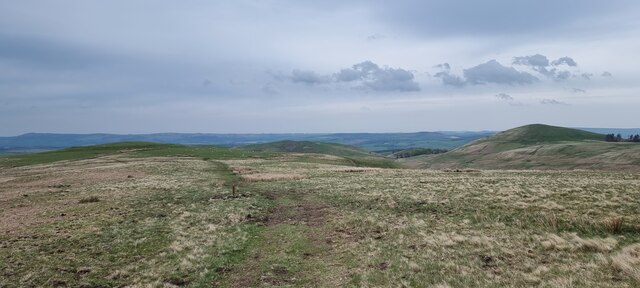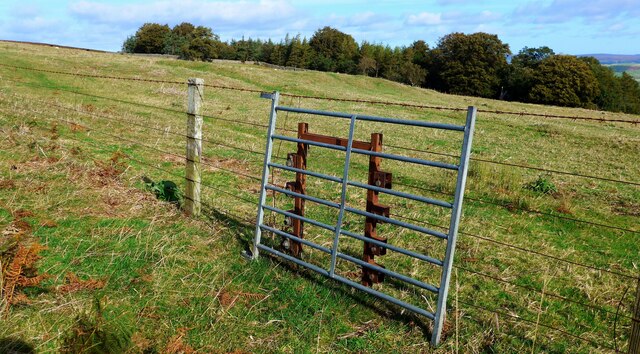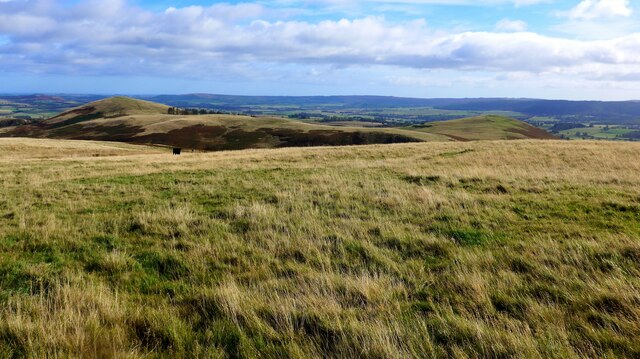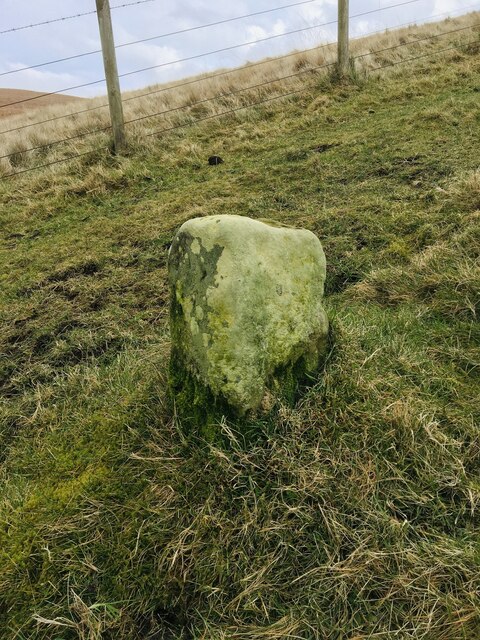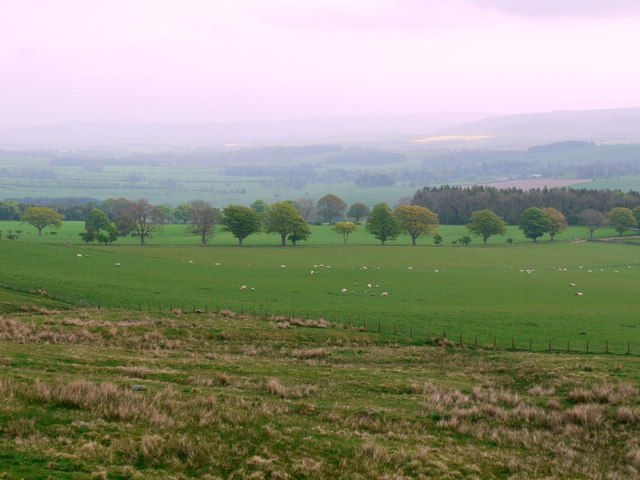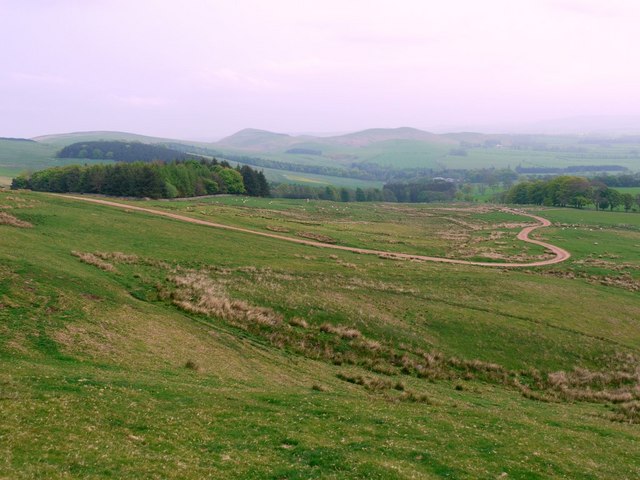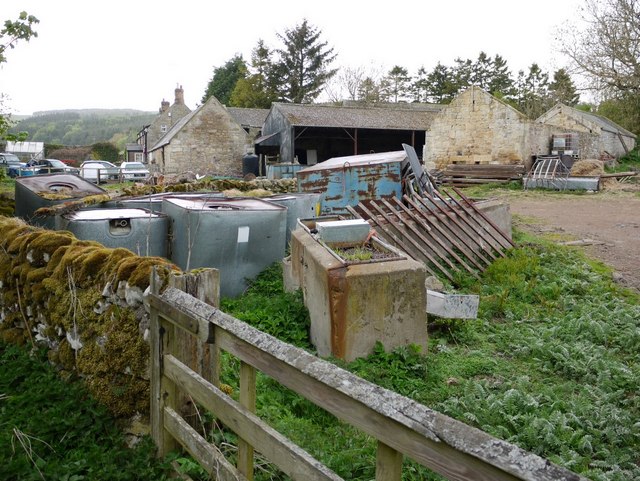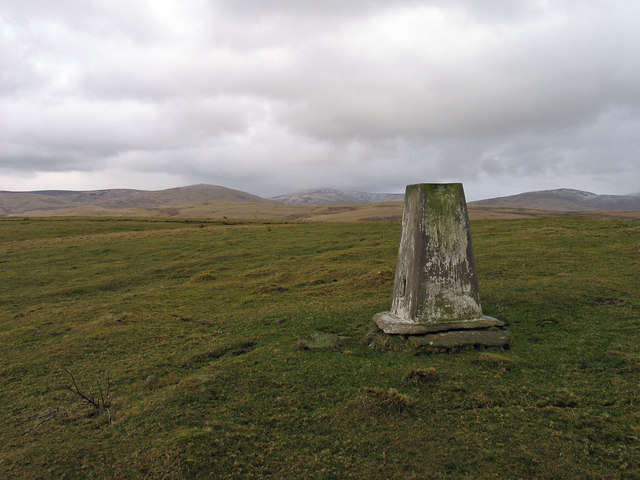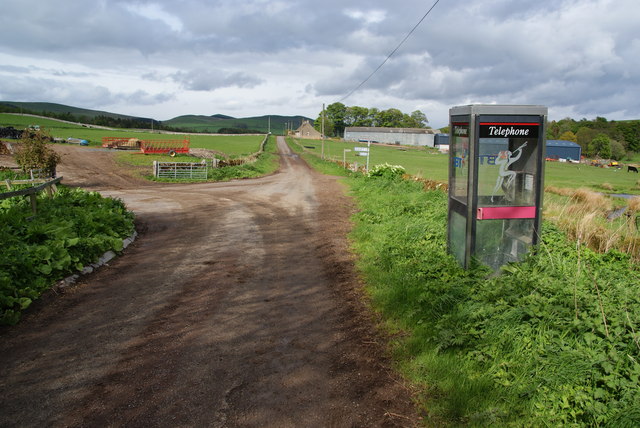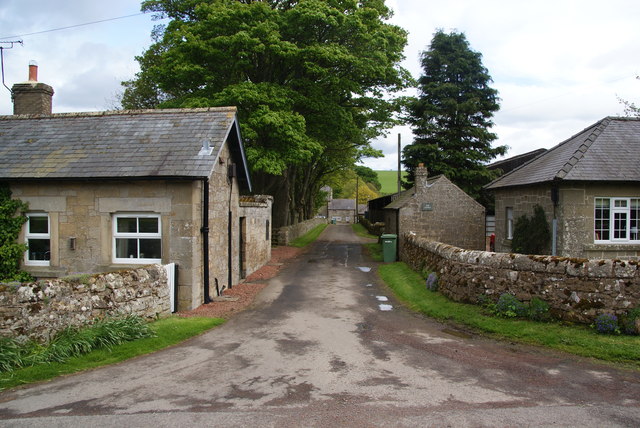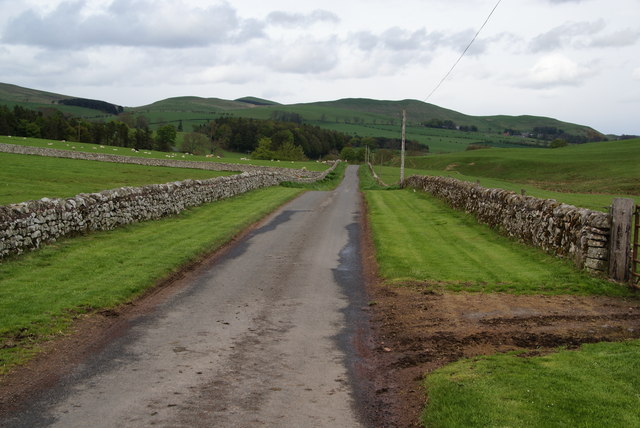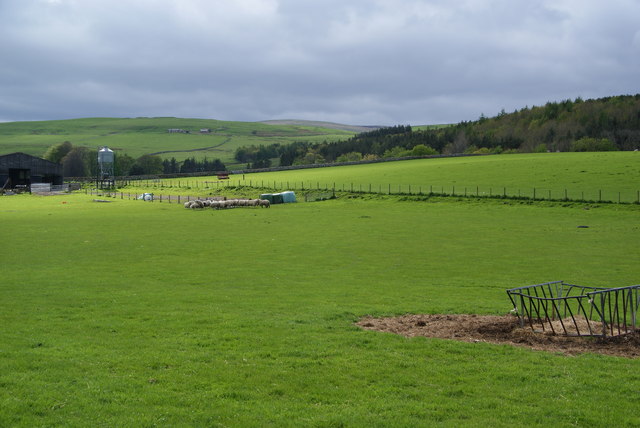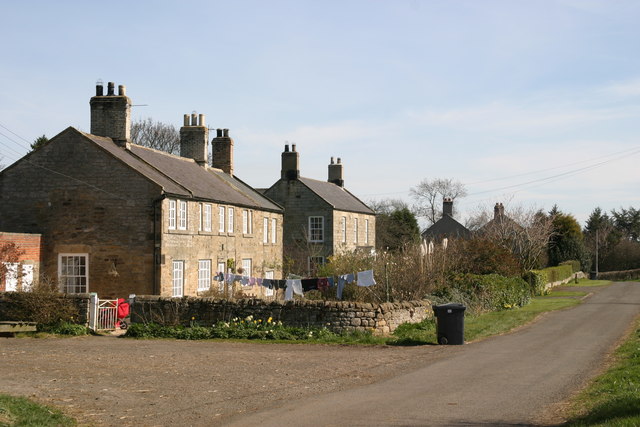Crow Plantation
Wood, Forest in Northumberland
England
Crow Plantation
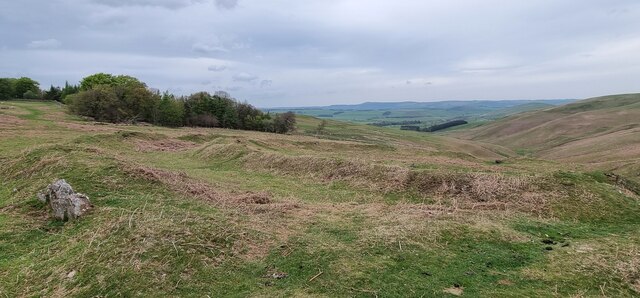
Crow Plantation is a picturesque woodland located in the county of Northumberland, England. Situated in the northern part of the county, it covers an area of approximately 500 acres. The plantation boasts a rich history dating back several centuries.
The woodland is predominantly composed of native tree species, such as oak, beech, and ash, creating a diverse and thriving ecosystem. The dense foliage provides a habitat for a wide variety of wildlife, including birds, squirrels, and deer. The ancient trees, some of which are several hundred years old, add a sense of grandeur and timelessness to the plantation.
Crow Plantation offers a range of recreational activities for visitors to enjoy. There are several well-maintained walking trails that wind through the woodland, allowing visitors to explore its natural beauty at their own pace. These paths provide stunning views of the surrounding countryside and offer opportunities for birdwatching and photography.
For those interested in the history of the area, Crow Plantation holds several archaeological sites, including the remains of an Iron Age settlement and a medieval hunting lodge. These historical features add depth and intrigue to the plantation.
The woodland is easily accessible, with a car park located at the entrance. The plantation is open to the public year-round, and there is no admission fee, making it a popular destination for locals and tourists alike.
Overall, Crow Plantation is a captivating woodland that offers a blend of natural beauty, historical significance, and recreational opportunities. It is a must-visit location for nature enthusiasts and history buffs exploring Northumberland.
If you have any feedback on the listing, please let us know in the comments section below.
Crow Plantation Images
Images are sourced within 2km of 55.408977/-1.9993246 or Grid Reference NU0012. Thanks to Geograph Open Source API. All images are credited.
![Earthworks associated with prehistoric settlement "Earthwork remains of a partly enclosed late prehistoric settlement with at least 7 house platforms."
‘Heritage Gateway - Results’. 2012. Heritagegateway.org.uk &lt;<span class="nowrap"><a title="https://www.heritagegateway.org.uk/Gateway/Results_Single.aspx?uid=4f2e2525-4e67-42b6-bada-693f30be9b4c&amp;resourceID=19191" rel="nofollow ugc noopener" href="https://www.heritagegateway.org.uk/Gateway/Results_Single.aspx?uid=4f2e2525-4e67-42b6-bada-693f30be9b4c&amp;resourceID=19191">Link</a><img style="margin-left:2px;" alt="External link" title="External link - shift click to open in new window" src="https://s1.geograph.org.uk/img/external.png" width="10" height="10"/></span> &gt; [accessed 1 November 2022].](https://s2.geograph.org.uk/geophotos/07/32/89/7328922_b41bcaa7.jpg)
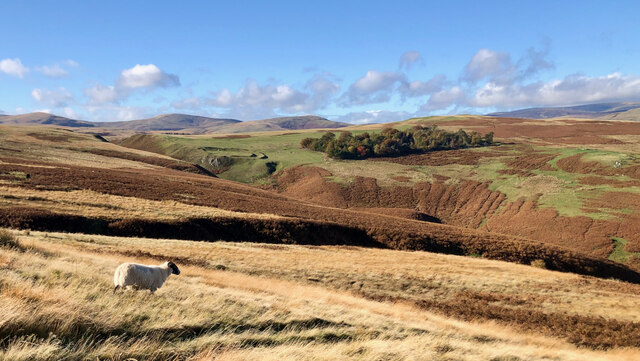
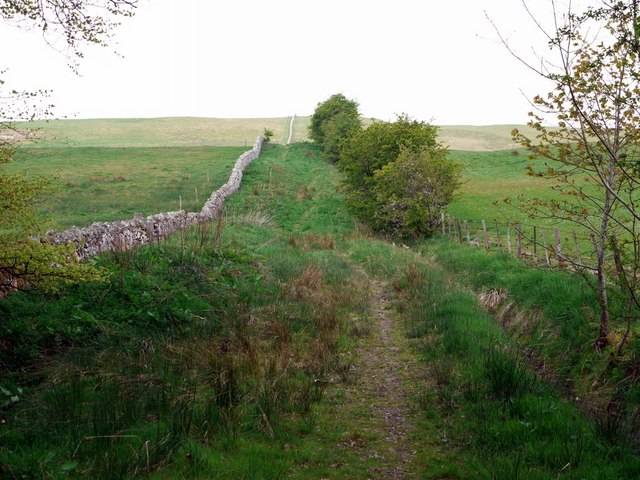
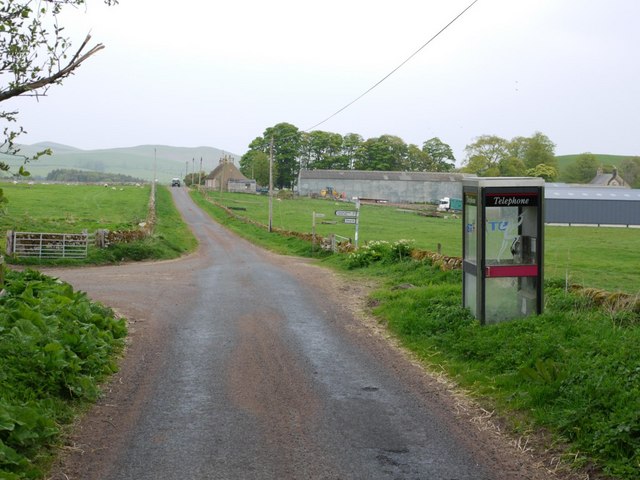
Crow Plantation is located at Grid Ref: NU0012 (Lat: 55.408977, Lng: -1.9993246)
Unitary Authority: Northumberland
Police Authority: Northumbria
What 3 Words
///animated.quicksand.voters. Near Whittingham, Northumberland
Nearby Locations
Related Wikis
Unthank, Alnham
Unthank is a hamlet and former civil parish, now in the parish of Alnham in Northumberland, England. In 1951 the parish had a population of 11. == History... ==
Alnham
Alnham (, ) is a hamlet and civil parish in Northumberland, England. It is about 14 miles (23 km) west of Alnwick, and is about 6 miles (10 km) from the...
Church of St Michael, Alnham
The Church of St Michael in Alnham, in the English county of Northumberland, is a medieval structure dating from circa 1200. Built on a Roman camp site...
Milbourne, Northumberland
Milbourne is a village and former civil parish 14 miles (23 km) from Morpeth, now in the parish of Ponteland, in the county of Northumberland, England...
Nearby Amenities
Located within 500m of 55.408977,-1.9993246Have you been to Crow Plantation?
Leave your review of Crow Plantation below (or comments, questions and feedback).
